Wera Tools, measuring instruments and protection

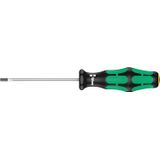
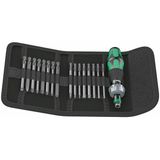
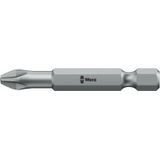
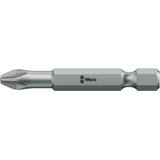
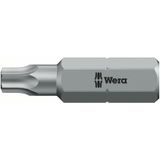
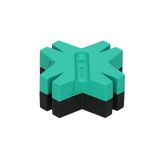



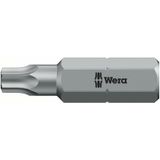



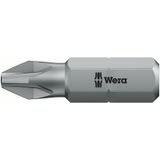
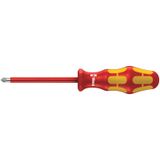
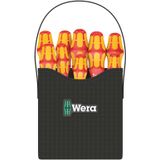
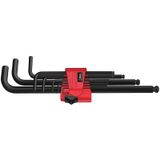
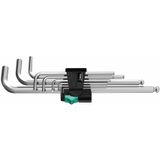

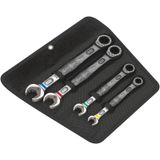













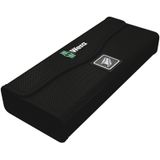














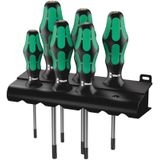










wera tools and measuring instruments overview for panel shops and site crews
This category groups what teams actually carry to build, commission and maintain electrical systems: cutters and strippers, ferrule and terminal crimpers, torque drivers, insulated VDE screwdrivers, two-pole testers and clamps, installation multimeters, and lockout/tagout essentials. Wera structures the offer by task flow (cut → strip → terminate → verify), safety class (VDE/CAT ratings) and form factor (bench vs. van kits). Typical buyers are panel builders, OEM machine shops, facility MRO and contractors who want consistent results, calibrated force and SKUs that repeat across projects.
wera hand tools families and fast movers
Expect three practical families. Precision screwdriving with interchangeable blades and torque limiters for terminal and PCB work. Assembly tools—ratcheting drivers, hex/T-handle sets, nut setters—for rail hardware and enclosure builds. Cutting and prep: flush cutters, cable shears up to 50 mm², adjustable and automatic strippers tuned for PVC/XLPE/PUR. Popular movers are VDE insulated drivers, 0.5–2.5 mm² ferrule crimpers, mid-size ratchet shears and compact torque drivers pre-set for terminal specs. Most distributors stock singles and kit rolls; spare blades and jaws ship in small packs for line-side bins.
wera multimeters and testers range structure
Meters split into everyday true-RMS handhelds for control panels, slim AC/DC clamp meters for MCC corridors, and installation testers covering insulation and loop. Two-pole testers with LED/LCD and vibration feedback prove de-energized circuits before work. Accessory sets include silicone leads, probe extensions, magnetic straps and replacement fuses. Crews like backlit displays, fast continuity beeps and LoZ modes that kill ghost voltages on long cable runs.
wera protection devices for safe commissioning
Lockout/tagout kits, padlockable hasps, breaker and switch lockouts, insulated gloves and mats keep procedures tight. Add surge-safe outlet strips for benches, IP-rated holsters for testers, and blade guards for shears. Panel doors get magnetic tool pads so meters don’t fall into live bays. These are low-cost lines that prevent high-cost incidents—and they cut audit findings at FAT/SAT.
Key features and ordering specs that matter
- Safety & ratings: VDE-tested drivers; CAT III/IV meters with ceramic fuses; clamps with true-RMS and inrush.
- Repeatable terminations: square/hex ferrule profiles; positive-release ratchets; on-tool scale for strip length.
- Ergonomics: soft-grip handles, short-throw ratchets, light clamps for one-hand work in dense panels.
- Durability: replaceable blades/jaws; IP-rated housings; drop-tested boots; torsion-resistant shafts.
- Kitting: bench rolls and van pouches that hold cutters, crimper, stripper, meter, leads and LOTO—one pick per technician.
- Documentation: calibration cards and serials for QA; color-coded ferrule/match rings that mirror terminal sizes.
Applications and compatibility
Use across control cabinets, packaging lines, HVAC rooftops, pump galleries and test benches. Tool profiles match push-in terminal geometry for reliable pull-out values; strip windows align with common marker sleeves; clamp jaws fit between TS35 rails and wire duct. Basket-building is straightforward—pair with terminal blocks, ferrules, DIN rails, cable glands, wire duct, markers and 24 V power supplies so a crew can cut, terminate and verify in a single visit. Many buyers describe the meter and probe sets as wera professional measuring tools on the BOM to keep calibration cycles together.
Integration with other brand products
Torque settings align with terminal manufacturer specs; square ferrule crimps seat cleanly in push-in clamps; jacket strippers expose braid lengths that fit shield clamps at gland plates; meter tips match standard test points. For documentation, marker printers use the same ID scheme as label carriers on terminals, so readings in photos map to device tags without confusion. Where projects specify wera electrical testing tools, we match CAT ratings to the panel fault level and provide lead sets that mate to your existing test points.
Selection criteria for B2B clients
- Work profile. Bench assembly favors torque drivers and automatic strippers; field service needs compact cutters and a clamp meter with inrush.
- Conductor range. Choose crimpers that cover your most common cross-sections; keep one heavy-duty tool for 16–50 mm² lugs.
- Safety category. Pick VDE tools and CAT III/IV meters to the highest zone you’ll enter—err up, not down.
- Crimp geometry. Square for push-in terminals and dense racks; hex where ring lugs stack under screws.
- Throughput. Ratchet tools and auto strippers pay back on batch work; precision strippers suit prototypes and rework.
- Kit completeness. Add spare blades/jaws, silicone leads, fuses, LOTO, and a marker set—missing smalls cause most delays.